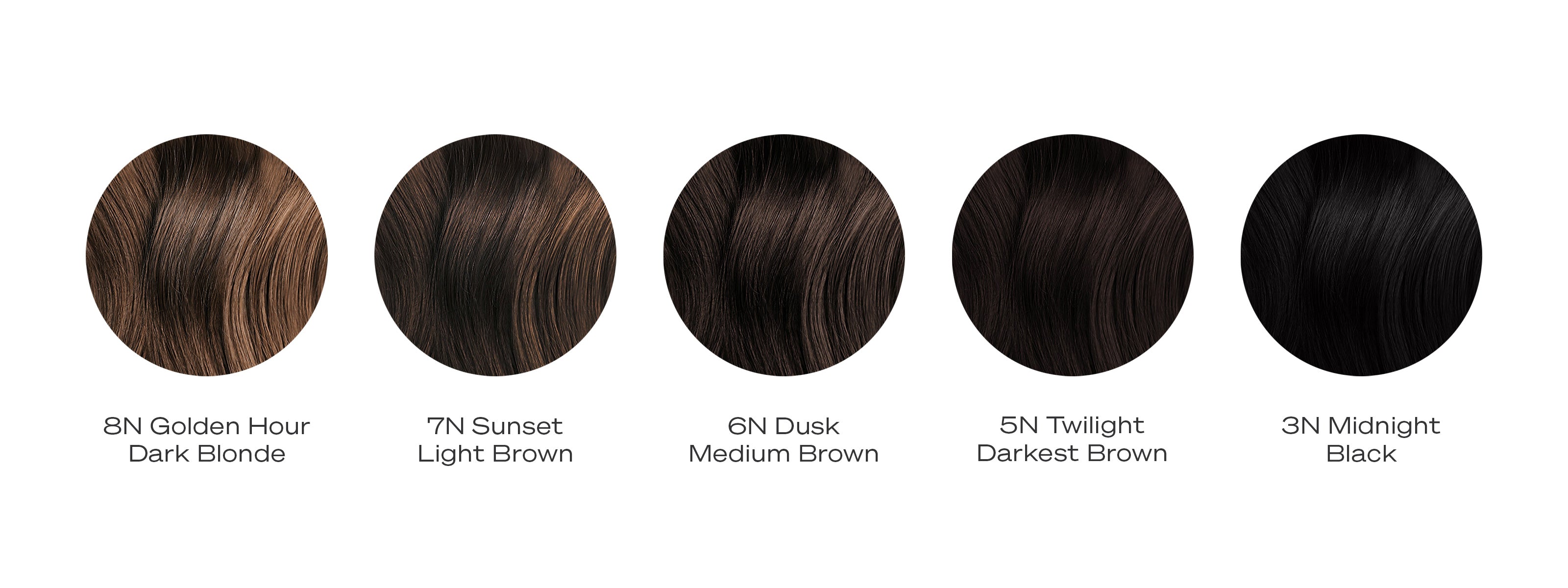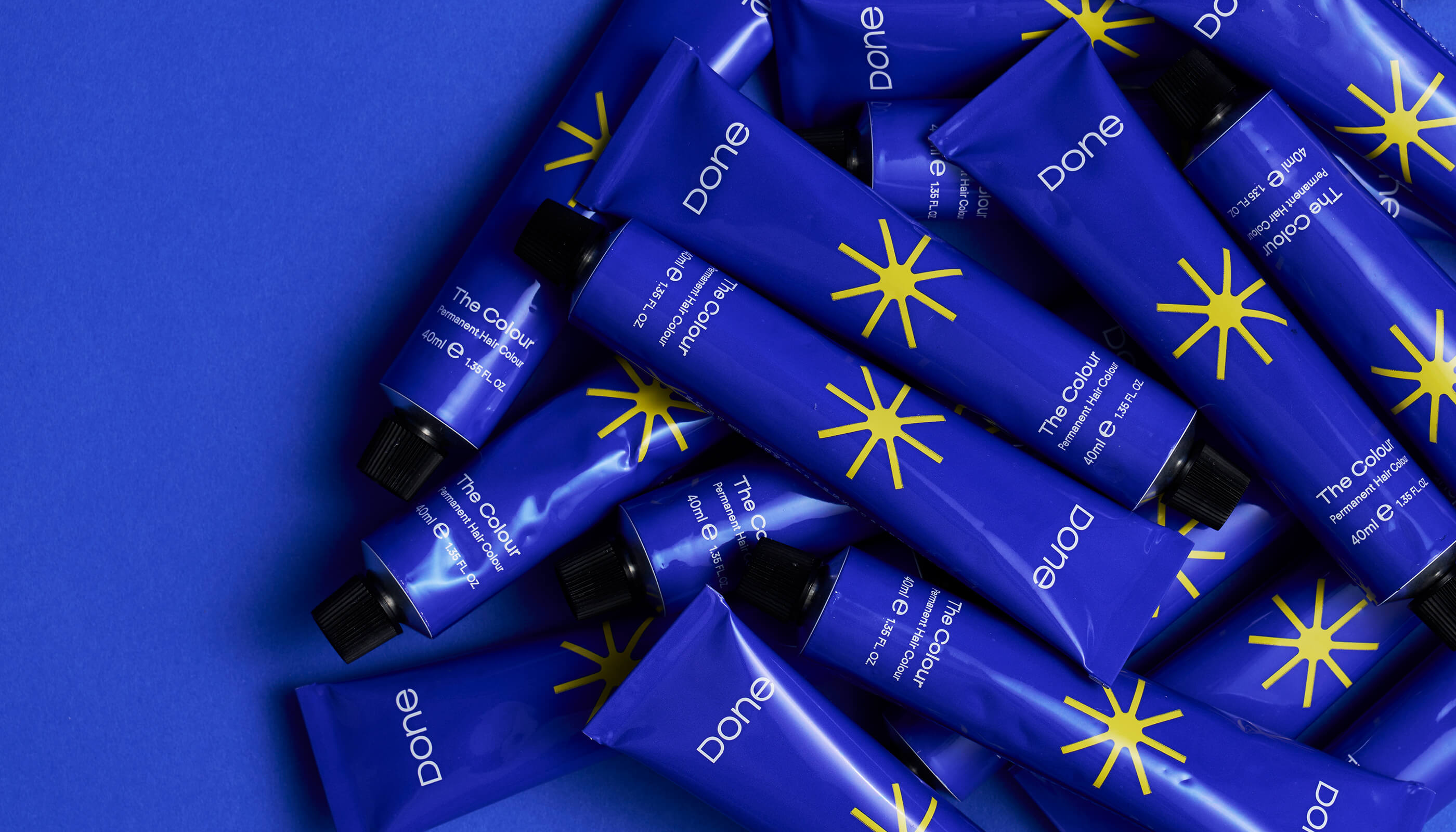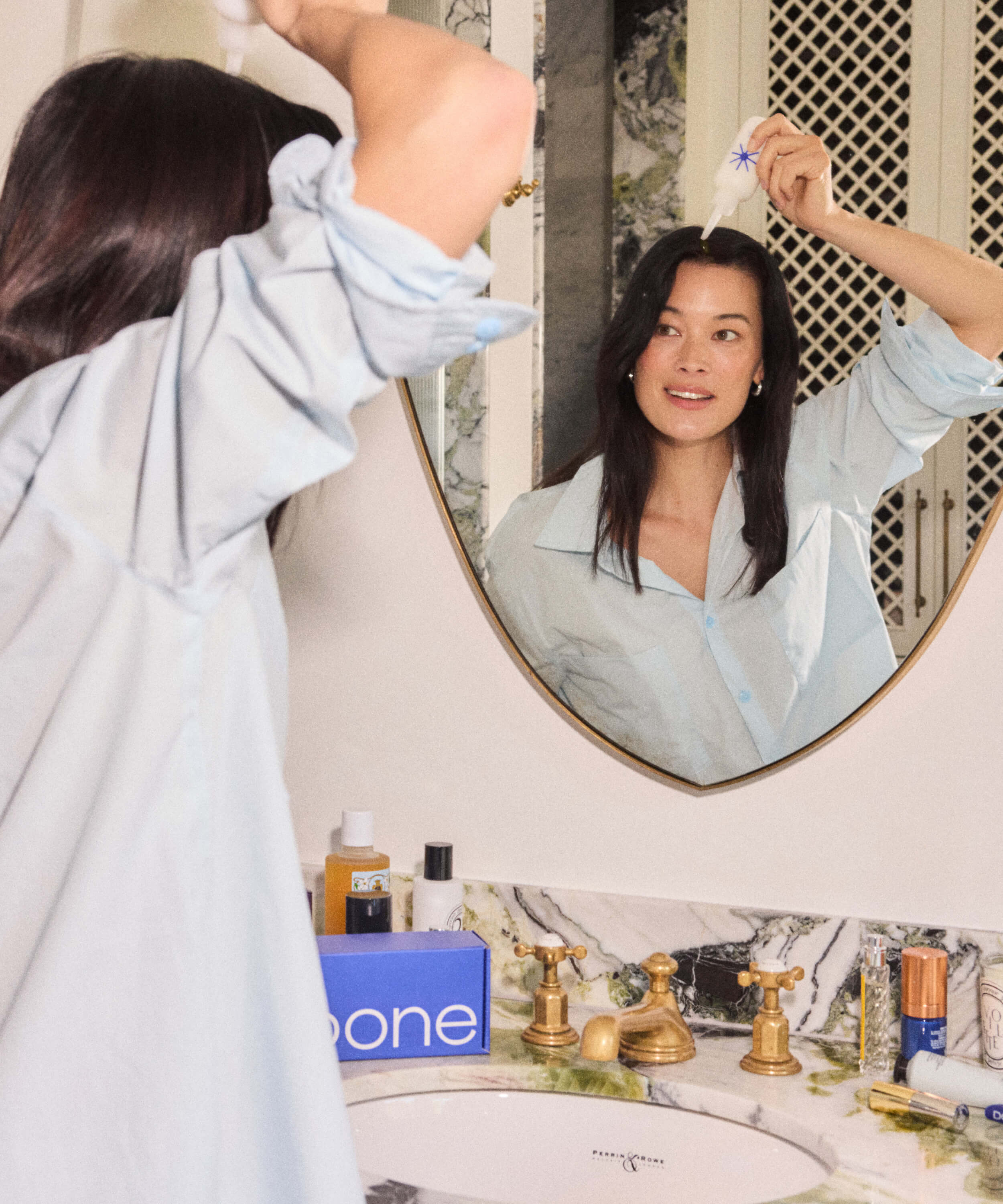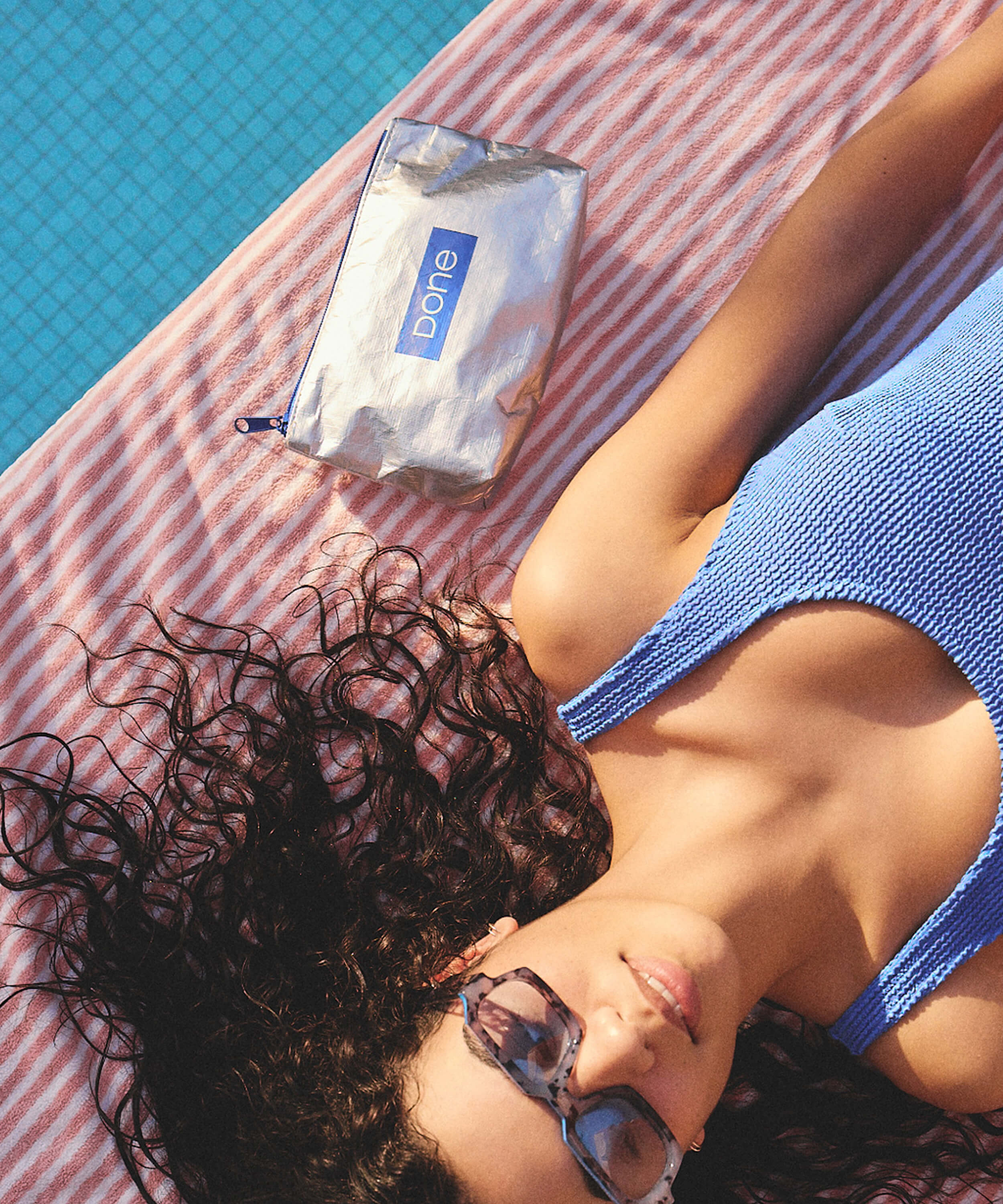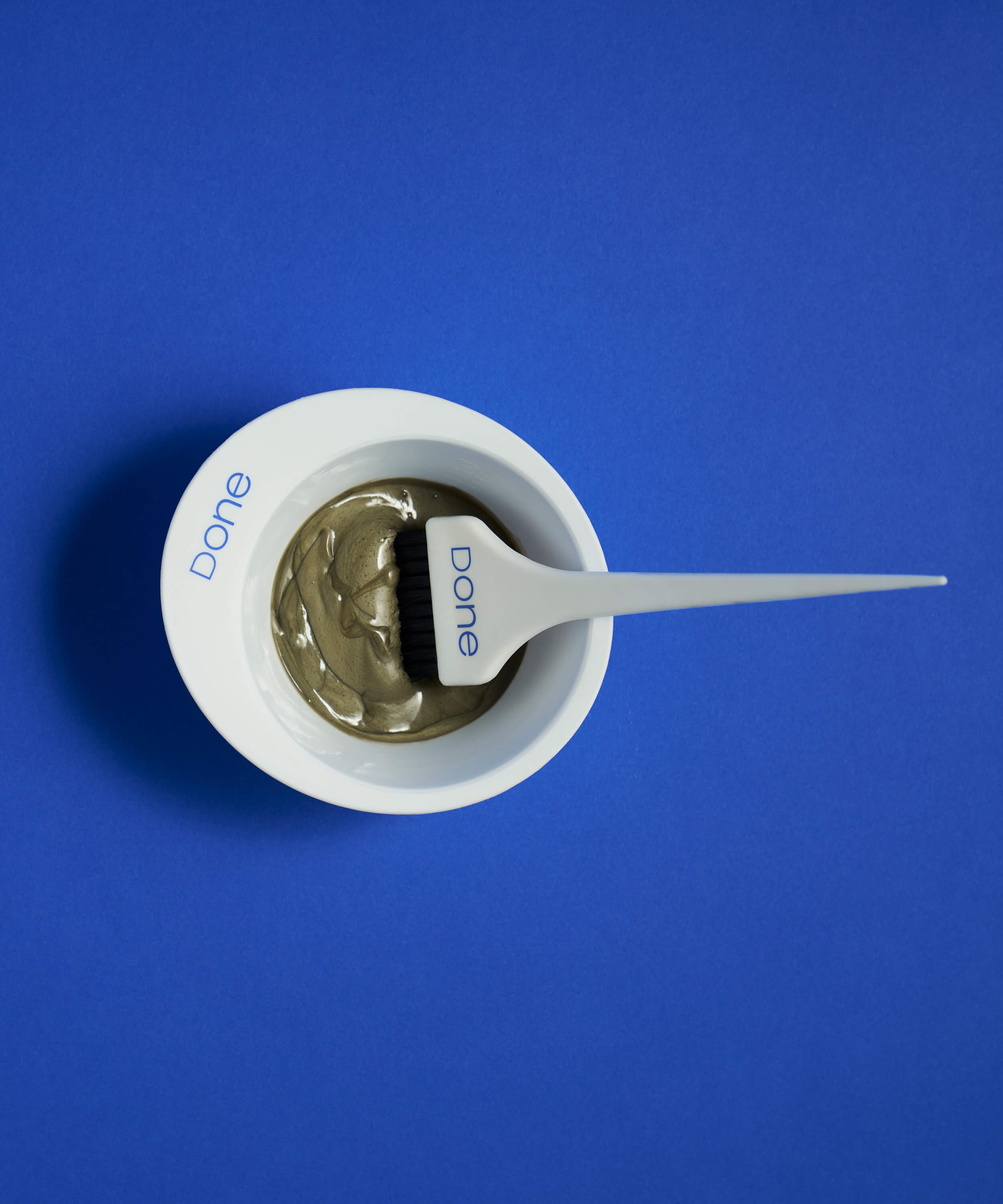Colour Guide
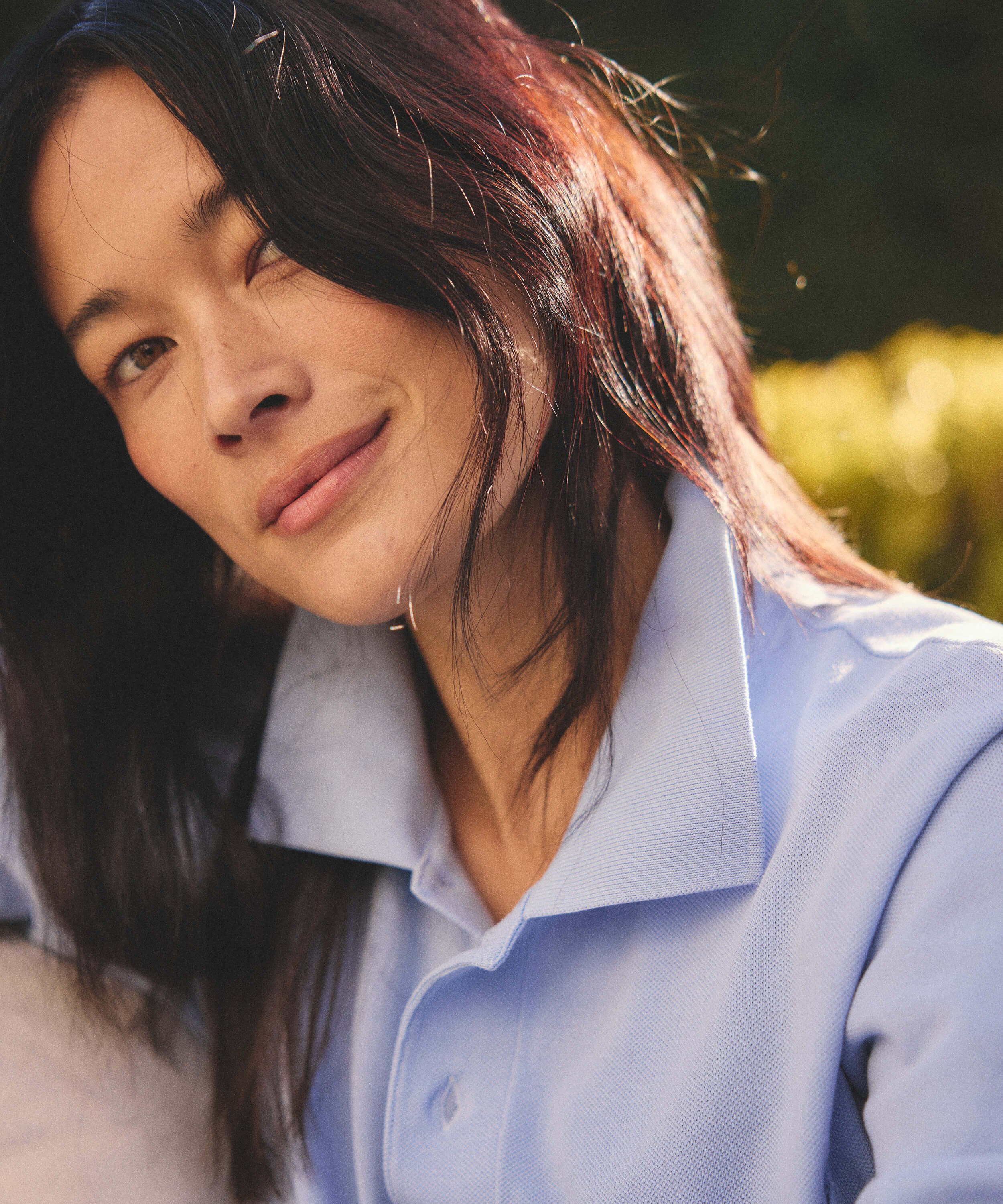
Know your natural gradient
Did you know: hair is naturally darker at the roots and lighter through the lengths? This is what gives natural, uncoloured hair that enviable depth and dimension. There are two key things that influence this natural variation:
1. Your hair growth cycle
While cycle-length varies from person-to-person, their hair closest to everyone's scalp enters the world fresh and un-jaded. Unlike the lengths of your hair, it hasn't yet felt the wear and tear of the world. This means it's still full of melanin (your hair's natural pigment), which gives it a deeper, richer colour. Your ends on the other hand, have been around for months, maybe even years! Over that time, even the most coddled hair sees some sh*t — making it appear lighter, drier, or even a bit faded.
2. Environmental Exposure
Just like you skin, UV rays leave a lasting mark on your hair, naturally bleaching it over time. What's more, regular heat styling and frequent washing can strip colour and damage your hair's cuticles. This can further lighten your tresses and make them appear less shiny. All this exposure means the ends of your hair hold pigment less effectively.
The result? Your natural gradient. Darker roots leading to lighter, worn-in ends.
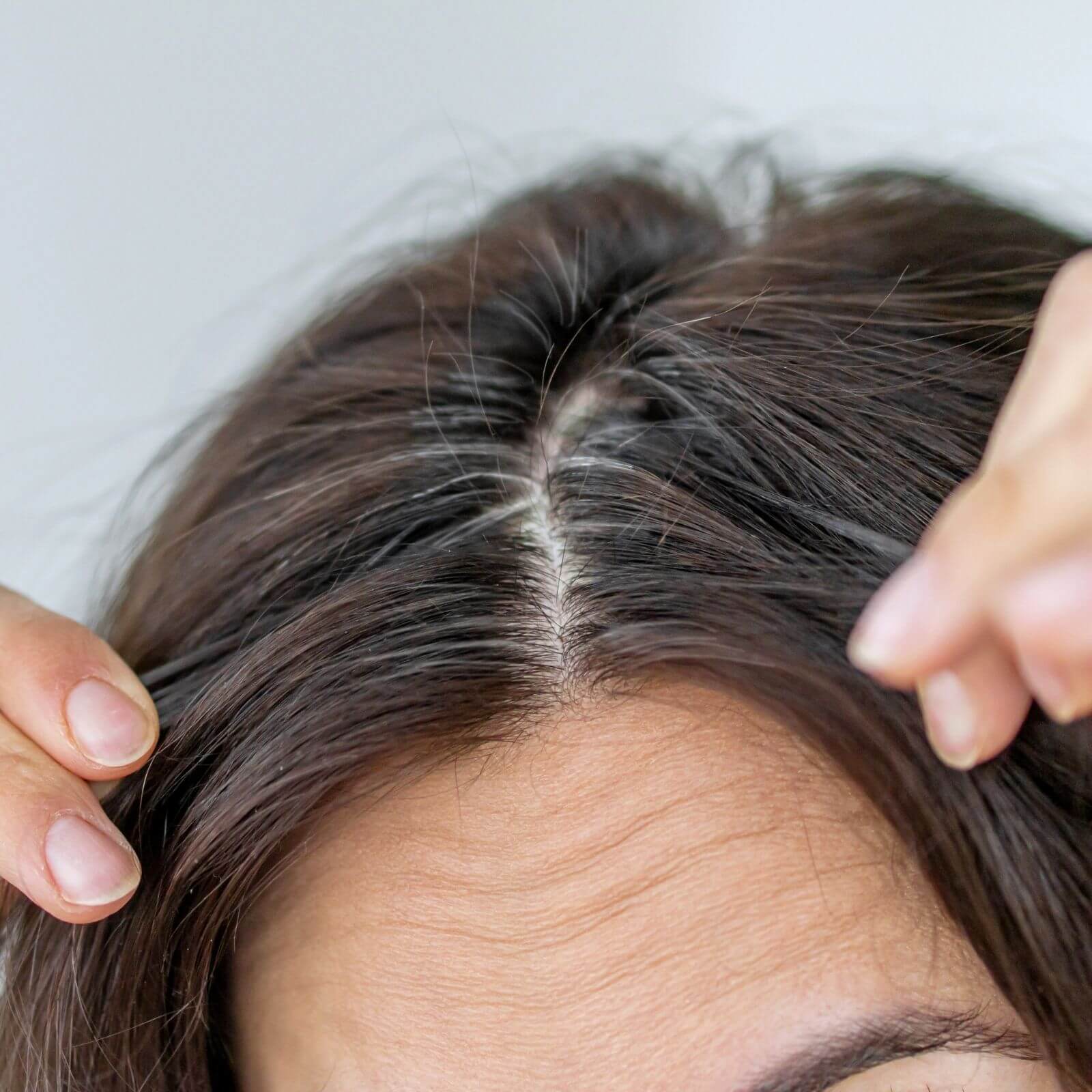
Match your current colour
Now, remembering your hair is naturally darker at the roots, we recommend colour matching to your base color.
What's your base colour?
It can be natural or dyed. It's simply the colour that forms the “foundation” of your hair. It’s the dominant shade you see at the top of your hairline before any highlights, balayage or fading come into play.
Here's how to find yours:
1. Check your roots in natural light
Part your hair and look right at the roots —especially near the crown. This is the truest reflection of your current base colour.
2. Ignore greys and highlights
Forget about those greys. Focus only on the pigmented strands. If you’re more grey than not, try to find a spot where your natural pigment still shows — usually this is at the back of your head or underneath layers.
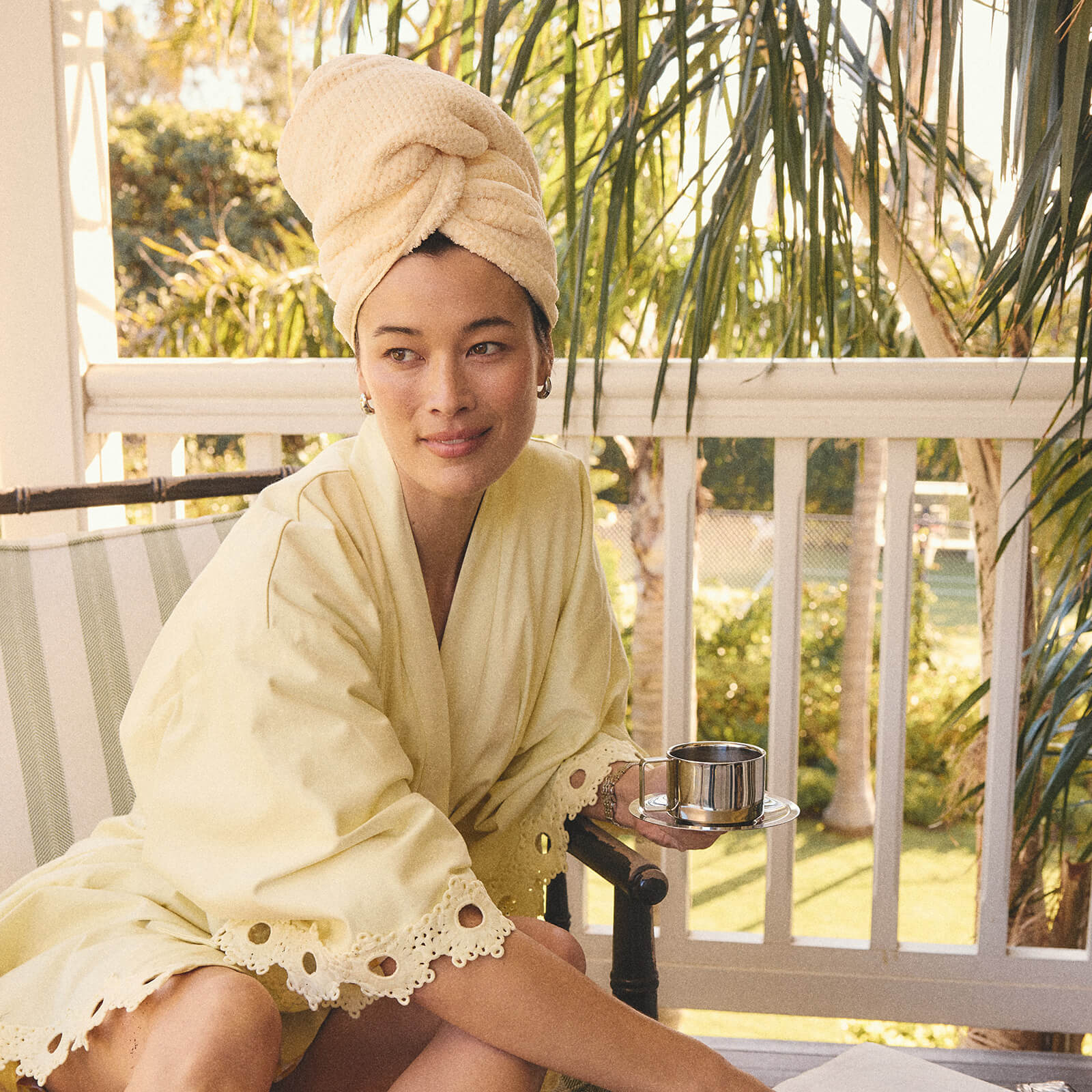
Relax and roll with it
First time and feeling nervous? We've been there too. It can be helpful to remember that a root touch-up is far less risky than dying your whole mane. Because you're only applying to a few centimetres of new growth, even if you choose a shade too light or dark, it will be very close to your natural colour. What's more, only colouring your roots helps you avoid the not-so-cool “block colour” effect that can happen with repeated full-head dyes.
Perfect Match Promise
We've got your back
Picked the wrong shade for your mane? No problem. If the shade of your first-purchase isn't quite right, our team will send you another colour free of charge.
Ready for the mane event?




